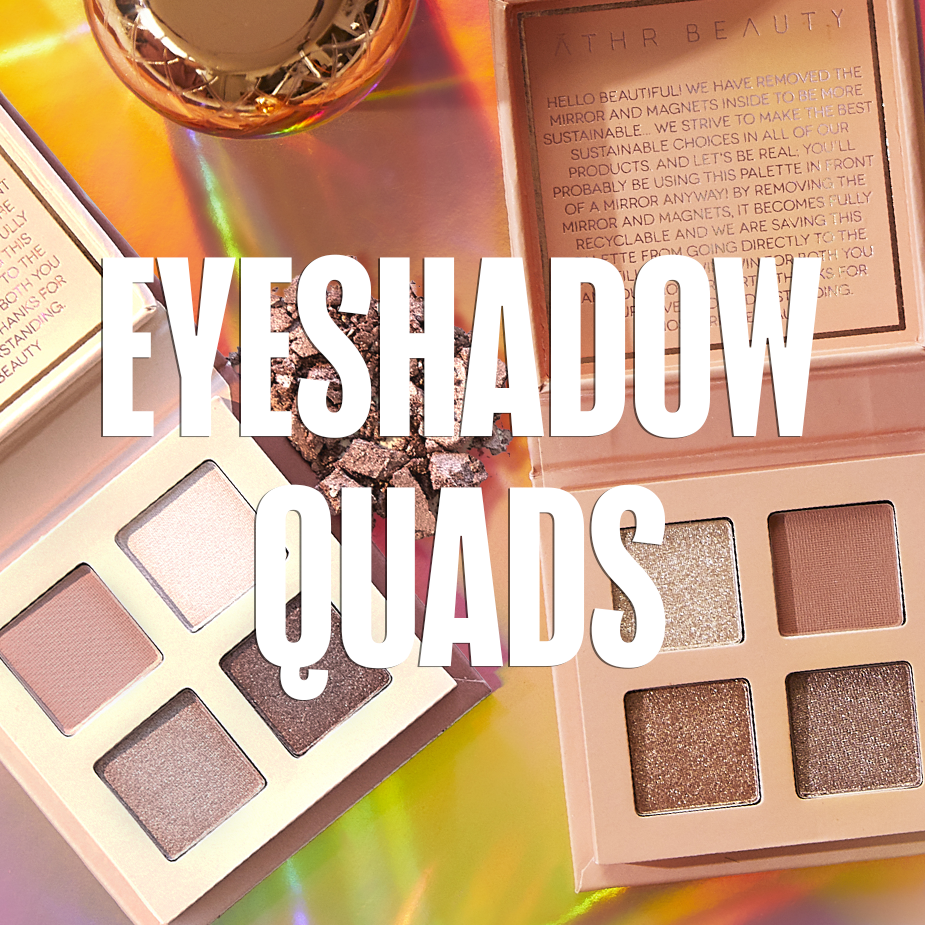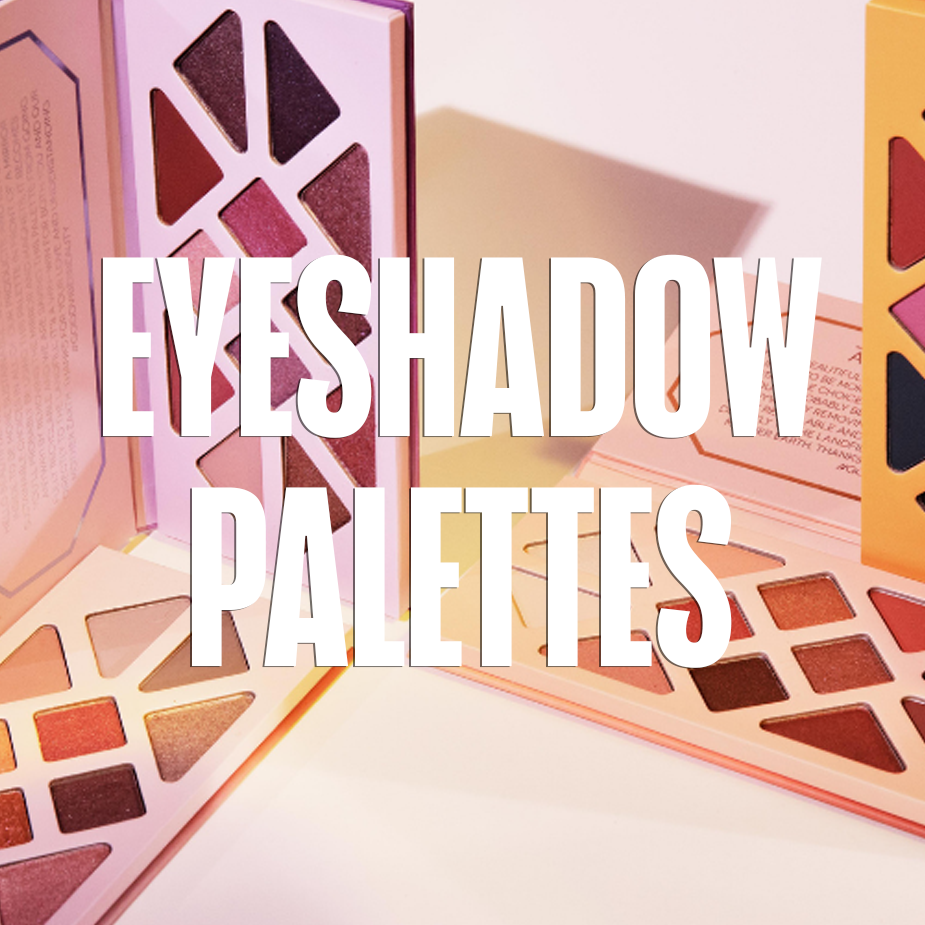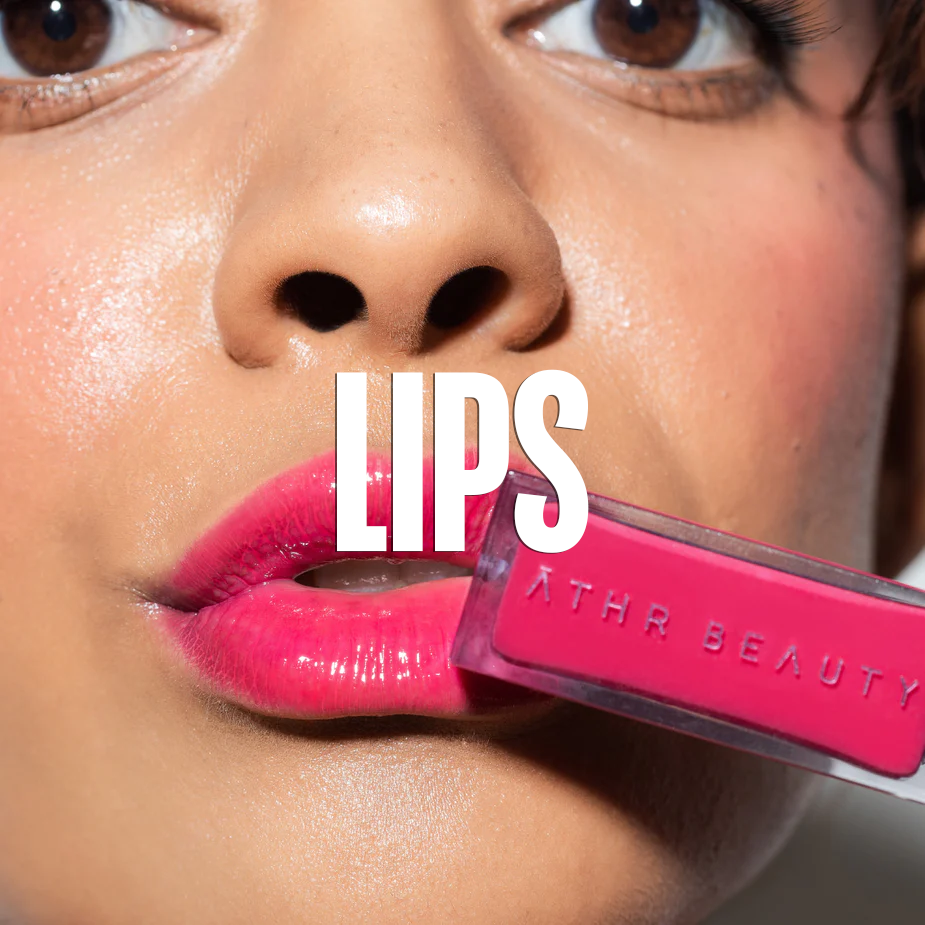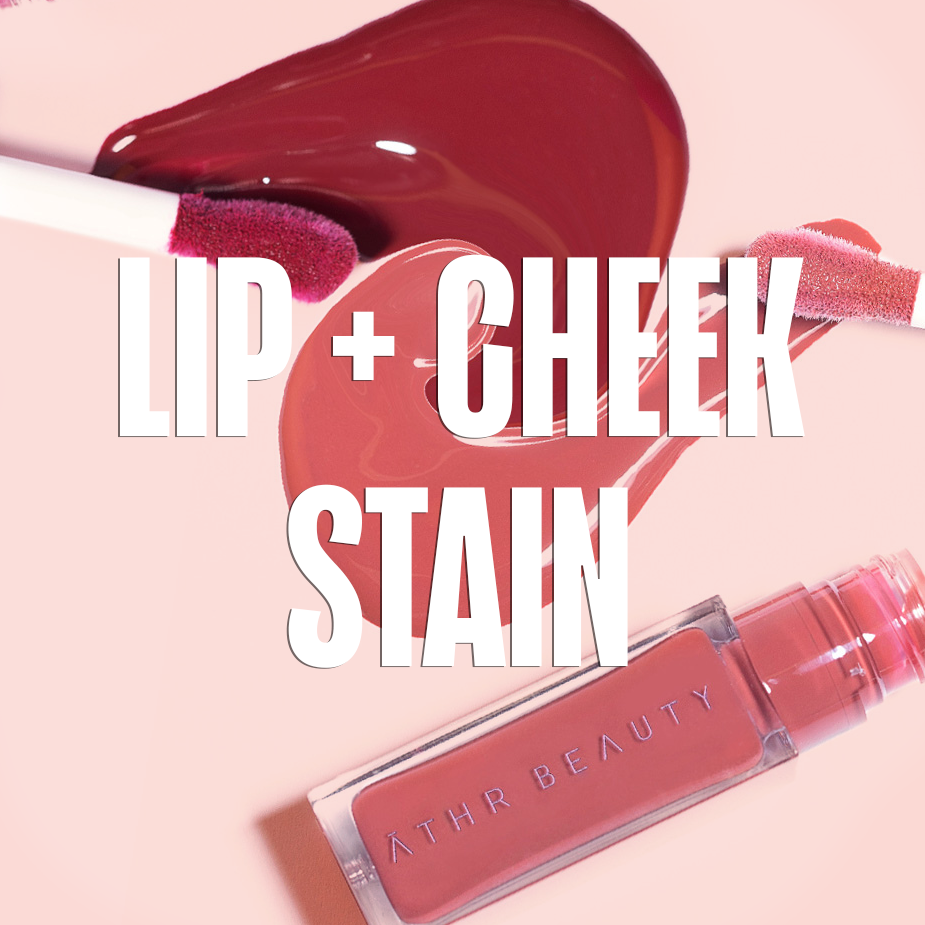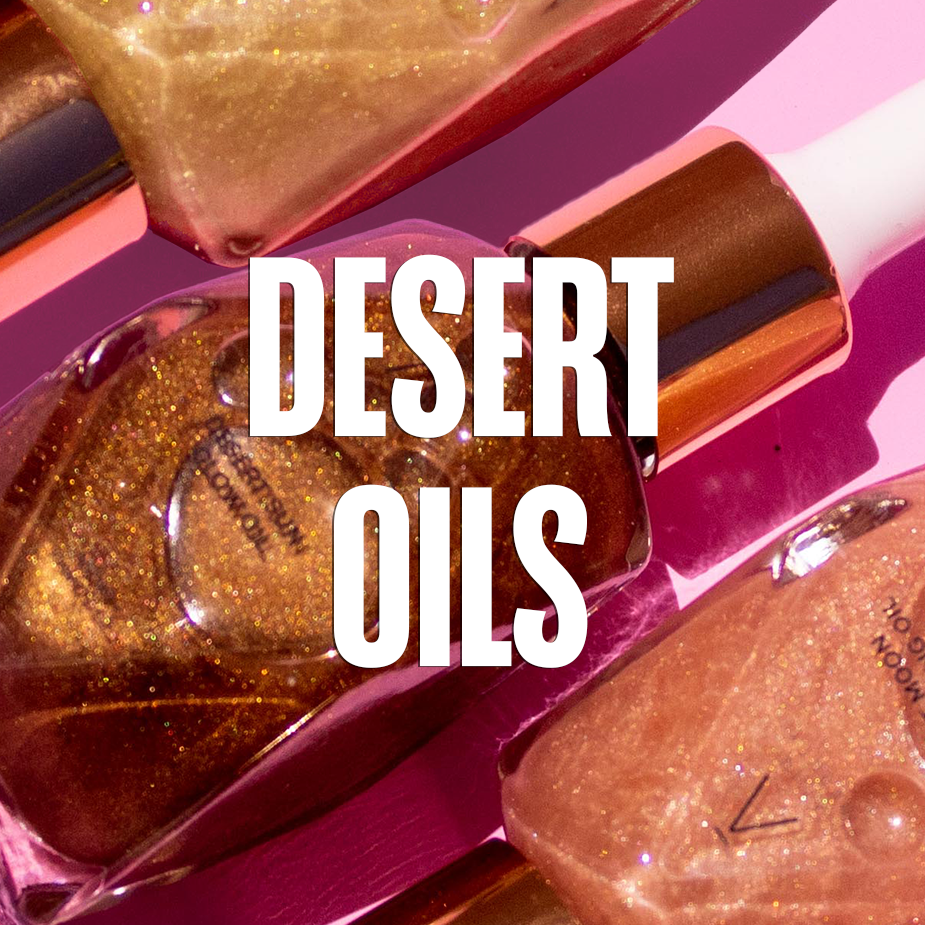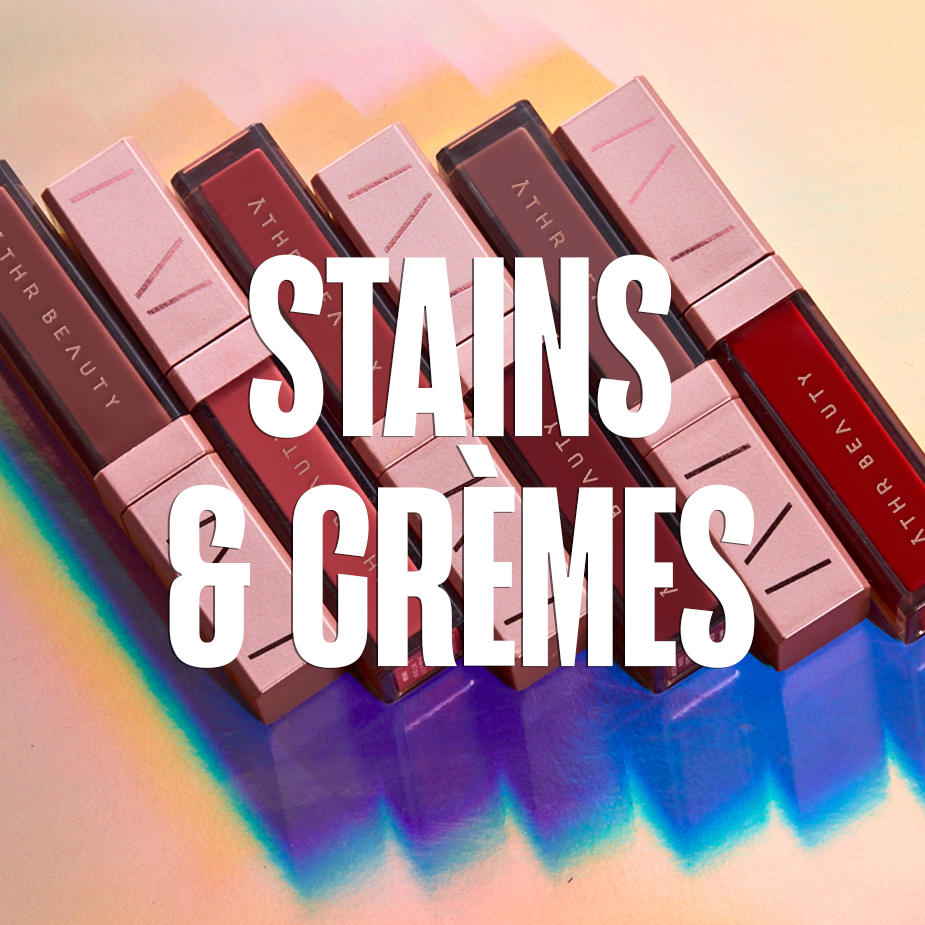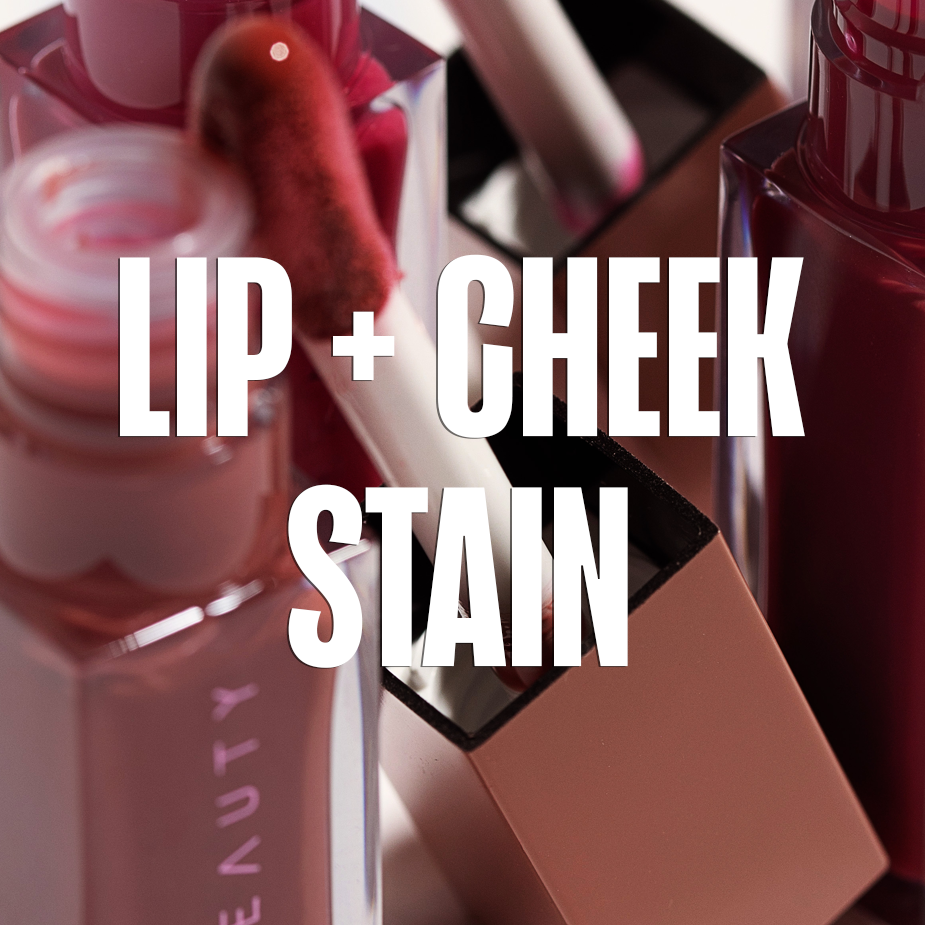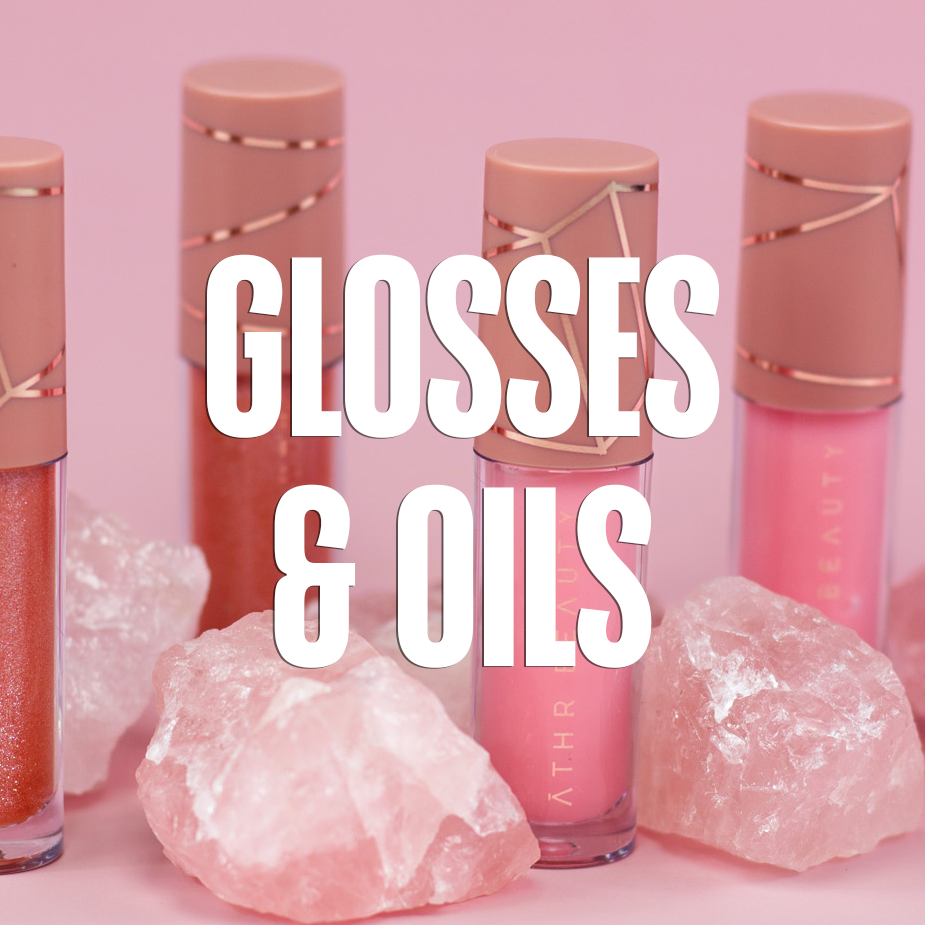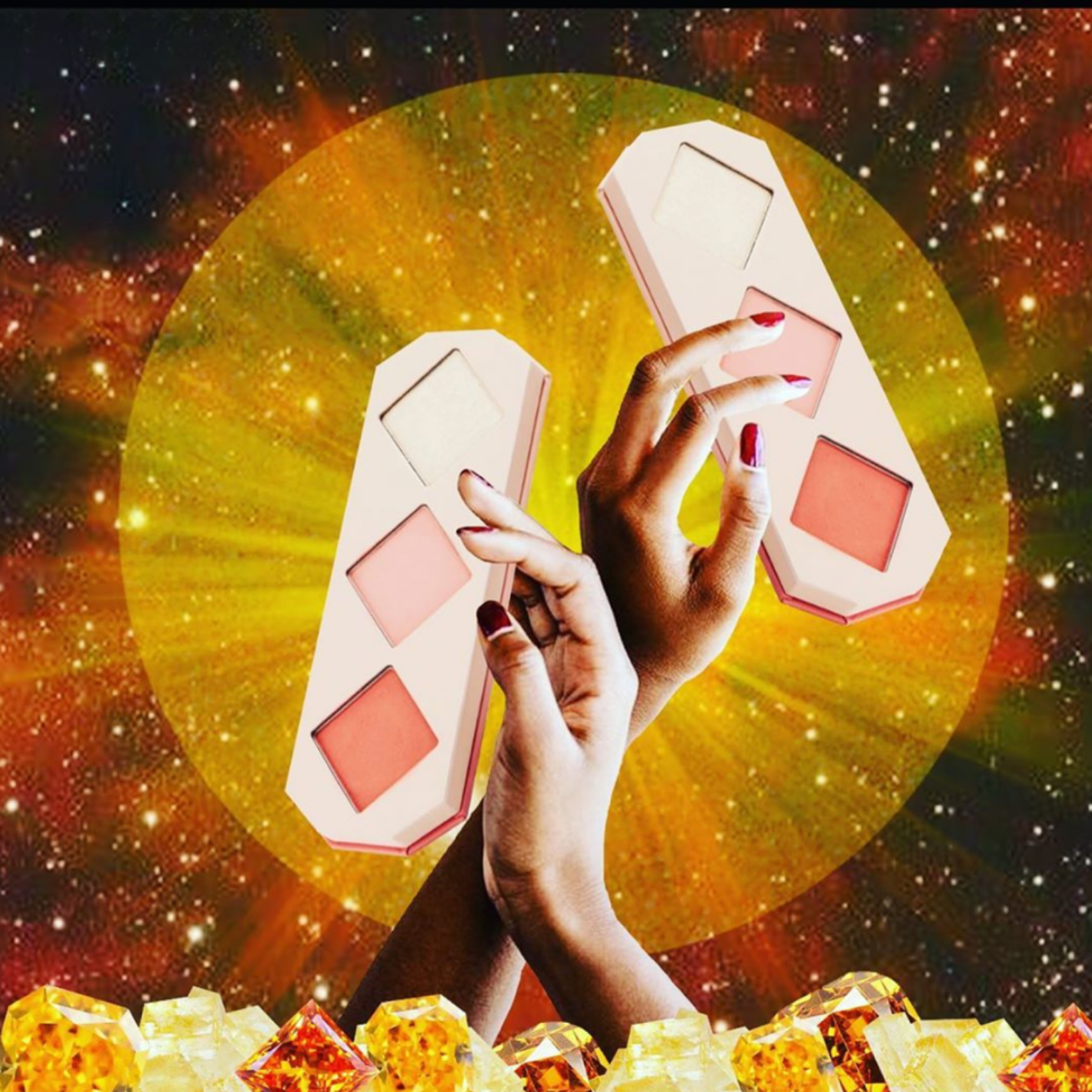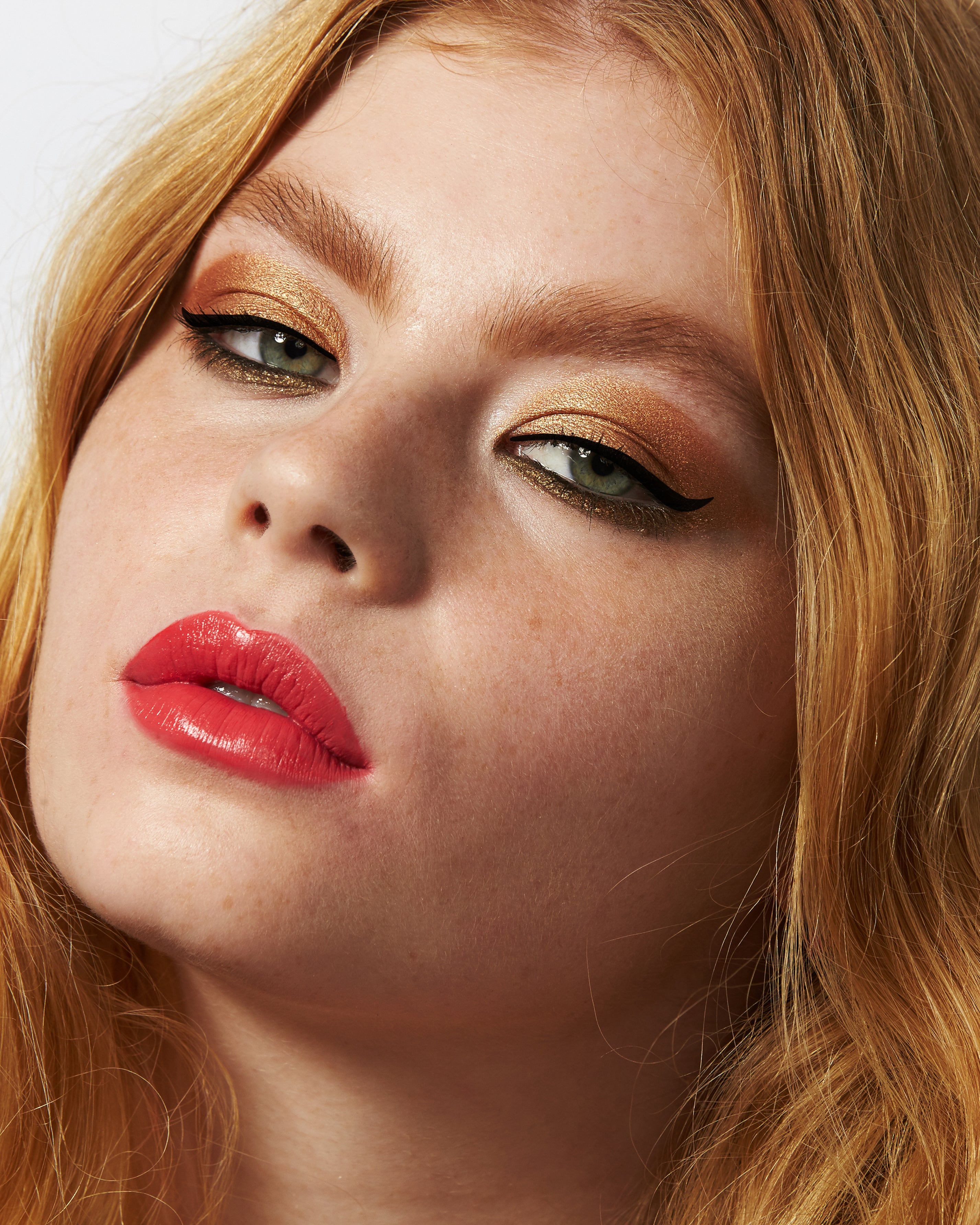So, bioplastics – where did that topic come from? Well, we've gotten this question a few times from you - the super discerning, dig-deep-for-truth beautiful people that you are! You've seen bioplastics pop up in beauty packaging, you want to know the whole truth, and we are so here for it!
In fact, if you have any questions about cosmetic formulations, packaging, or really anything under the beauty sun, we’re happy to share our knowledge, do the research for you, and share what we find! Let us know your questions anytime!
Keep reading for:
- What is bioplastic, how is it made, & why was it created?
- Are bioplastics the answer? The drawbacks.
- Biodegradable vs degradable vs compostable vs recyclable
- Where to send bioplastic/plastic when we’re done with it
- How to reduce our plastic usage overall
WHAT IS BIOPLASTIC?
Whereas conventional plastic is made from petroleum materials, bioplastic is mostly made from plants or other renewable materials.
HOW IS BIOPLASTIC MADE?
The most common bioplastic, PLA, is made by extracting sugar from corn and sugarcane, and the second most common (PHA), is made from genetically engineered microorganisms and other organic materials.
Bioplastics can also be made from plant cellulose, wheat, milk casein, and countless other materials that are being discovered every day.

Image: @cm.cola
WHY WAS BIOPLASTIC CREATED?
Bioplastics were first invented about 100 years ago. It’s only recently though, as our waste/plastic crisis has become glaringly obvious, that people have started to pay attention to this plastic alternative.
It’s seen as a more eco-friendly to conventional plastic by some, but is heavily criticized by others. So, what’s the truth?
ARE BIOPLASTICS THE ANSWER?
Bioplastics are seen by some as a more sustainable alternative to conventional plastic – fans say they’ll use less fossil fuel, will decompose easier/faster, and they have a small carbon footprint.
When you look closer, however, they’re not without their drawbacks. Let’s chat about why:
MORE TOXINS
Research has found that bioplastics produce more toxins than conventional plastic from the use of pesticides, fertilizers, and chemicals used to convert plants into plastic.
MORE GREENHOUSE GASSES
Plants produce oxygen and remove carbon dioxide (one of the main greenhouse gasses) from the atmosphere. As we convert more natural environments to crops for bioplastics, fewer greenhouse gasses are removed from the atmosphere.
GROWING PLASTIC INSTEAD OF FOOD
Growing bioplastic crops means taking land that could be used to grow food, and instead, we're growing plastic. There is only so much viable land available, and food needs to come before packaging.

Image: @leafandpetaldesign
ONLY BIODEGRADABLE UNDER CERTAIN CONDITIONS
While thought of as ‘biodegradable’, the truth is, most bioplastics will only biodegrade under very specific conditions found in advanced industrial composting facilities. They can’t be just thrown in a pile to be broken down like regular plant material. For cities that have these facilities, bioplastics can be great. Most areas, however, don’t have these operations in place.
And even more confusing, there are different types of biodegradability. Some bioplastics can degrade with sunlight and oxygen, but they can take years, don’t degrade completely, and release toxic chemicals into the atmosphere, soil, and water.
And the worst part, decomposition of bioplastics releases methane, a greenhouse gas even worse than carbon dioxide.
RECYCLING ISSUES
Because they look so similar, most people can’t tell the difference between bioplastics and conventional plastic (and many have never even heard of bioplastic). So, consumers wind up throwing their bioplastics in with their other plastic recyclables.
The problem: most bioplastics are not recyclable. And when they enter a conventional recycling plant, they can become mixed with regular plastics, rendering the whole mix garbage. So, instead of reducing waste, oftentimes bioplastics create more waste.

BIODEGRADABLE VS DEGRADABLE VS COMPOSTABLE VS RECYCLABLE
DEGRADABLE
This means that a material will eventually break down into tiny fragments. Even conventional plastic is degradable – with the right conditions, and over a very long time it will eventually break down into smaller parts. It will never return to its natural state however, and tiny pieces of it can stick around in the environment forever.
BIODEGRADABLE
While there’s some gray area with this term, biodegradable means a material that can break down within a few months. Some bioplastics can take years to break down, and these are instead called ‘durable’.
COMPOSTABLE
Materials that will biodegrade in a compost pile at the same rate as other natural materials, leaving no toxins behind. The problem: some ‘compostable’ materials will only biodegrade properly in an industrial composting facility with very specific conditions, whereas others can break down in a backyard compost pile.
RECYCLABLE
Materials that can be repurposed for other uses. Most bioplastic is not recyclable. To learn more about how to keep your recyclables out of the landfill, read our latest blog.
SO, ARE BIOPLASTICS BAD THEN?
While it does have its issues, there are some promising new developments in the bioplastics world. New companies are beginning to produce bioplastics from food waste, crop residues, algae, and wastewater – all much more sustainable alternatives that could reduce many of the problems above.
Also, if more education is given to consumers on how to dispose of their bioplastic packaging (and how to tell it apart from plastic), it could be a great alternative. And the most important step: getting more facilities that are equipped to handle these new materials.
WHERE TO SEND BIOPLASTIC/PLASTIC WHEN WE’RE DONE WITH IT
Look on labels for disposal direction – check for recyclable, compostable, or biodegradable labels on your packaging. Usually, you can find a symbol or written label that explains how to dispose of the packaging. If there are no indicators, you can assume it’s destined for the landfill.
For more on reading recycling symbols, visit our blog on recycling your beauty buys.
HOW TO REDUCE YOUR PLASTIC USE OVERALL
The truth is, there’s no perfect alternative for our plastic addiction at the moment. The best we can do – choose better, use less, and reuse more. And don’t beat ourselves up (or worse, give up because it seems too overwhelming) when we don’t get it perfect. Some easy tips to reduce your plastic usage:
BUY ONLY WHAT YOU LOVE
The biggest way to reduce your plastic use overall is to consume less. Get more intentional about what you’re purchasing – buy fewer, higher quality, sustainable items that you need or just truly love.
START WITH FOOD, DRINKS, AND SHOPPING BAGS:
Bring reusable bags to the grocery store, malls, and on all your shopping stops.- Bring your own water bottle everywhere you go.
- Bring a thermos for hot coffee and an iced cup for iced drinks.
- Get friendly with the bulk section! Bring reusable (glass) containers to fill with nut butters, seeds, grains, nuts, spices, grains, cereals, treats, flour/sugar/baking items. You can reduce so much waste in just this one section! For more info on how to shop zero-waste in the bulk section: check out this great post.
- Visit Farmers Markets for non-bulk items like fruits and veggies. If you’re at your local grocery store, forgo those plastic bags – those are the worst (never recyclable). A more sustainable option is cotton mesh produce bags – and they’ll keep your goodies fresher longer!
- Make your own at-home version of heavily packaged, often non-recyclable items like non-dairy yogurt and plant-based milk. Both are surprisingly easy.
NEXT, REVIEW YOUR BATHROOM AND MAKEUP COLLECTION:
- Do you truly need every product you have? Can you limit your re-purchases to just the items you love and use constantly?
- How can your beauty products multitask? Ex: using eyeshadow as blush, highlighter, eyeliner, or even as a brow filler?
- Look for sustainably packaged versions of your essentials.
- Before discarding empty makeup containers, see if you can find another use for them. That empty face cream jar could hold a DIY face mask or makeup remover!
- Replace disposal items like cotton pads with washable cloths.
- Buy natural bar soap from the Farmer’s market or local store that comes sans packaging. Wrap in a cotton bag or tea towel for the ride home.
- Buy zero-waste and recyclable cosmetics. Learn more about our zero-waste packaging on our blog.

AROUND THE HOUSE:
- Find stores that sell bulk laundry detergent and dish soap. Bring your own containers and say goodbye to all that plastic.
- Try making your own household cleaners! Not only will you skip the packaging, but you’ll have a great non-toxic cleaner. A great solution is bicarb soda, clove oil, and vinegar paired with washable cloths.
- Swap paper towels for reusable cloths and plastic wrap/baggies for glass containers. Or just put a plate over your leftovers! #keepitsimple
RETHINK YOUR CLOSET:
A surprising fact: about 60% of our clothing is made of fibers that come from plastic including nylon, acrylic, and polyester. When washed, these fabrics shed plastic microfibers that end up in our waterways and oceans. What you can do to limit this:
- Shop secondhand. There are so many beautiful consignment stores with ultra-unique finds that cost less than new. Did you know that when new clothing arrives at a store, each item is usually individually wrapped in plastic? That can be 100s or 1000s of plastic sleeves in every shipment - crazy, right?
- Have a clothing swap with your friends! Or look for one near you. Not only will you find great new items but it’s a lot of fun.
- Only buy clothes and shoes you truly love. Anything you’re so-so about, leave it at the store. When buying new, look for sustainable, non-plastic options – clothes you can feel good about!

______________________
Thanks for being the Earth-loving humans that you are! Let us know any other questions you have in your quest to #choosebetterbeauty.
- ĀTHR Beauty xo


